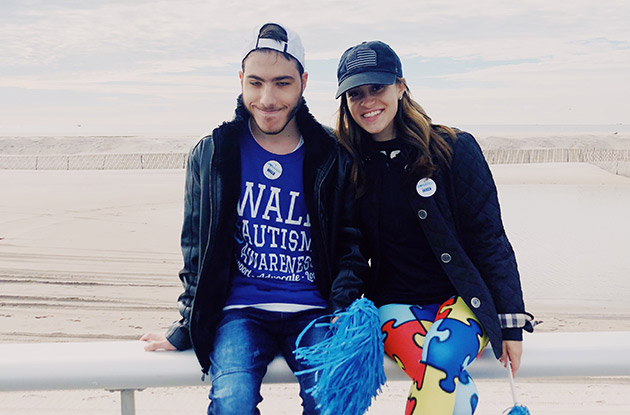Get the Best Winter Activities
4. Prompt your child to take off soiled underwear and put on a new pair.
5. You child can naturally take part in the cleaning-up process but it is not meant to be a form of punishment.
6. Prompt your child to complete the toileting routine.
7. Re-set the timer.
Measuring Progress
Taking note of your child's successes, accidents, and the times that they occurred will help you measure their progress. In general, when your child remains dry at 15-minute intervals for 3 consecutive days, you can increase the time interval by 5 or 10 minutes. Use your judgment to determine the new time interval depending on how often your child eliminates.
Night Training
Children with developmental delays may require more time than others to generalize their daytime bladder control to nighttime. Some ways to help children achieve night time control are to:
1. Limit fluid intake for two hours prior to bedtime.
2. Encourage your child to eliminate immediately prior to bedtime.
3. Place a small potty next to the bed and move it closer to the bathroom over time.
4. Consider a water-proof mattress pad.
Some Helpful Tips
1. If possible, train directly on the bathroom toilet instead of a small potty to eliminate teaching a new step.
2. If your child is resistant to sitting on the toilet, put training aside for a little while and use this entire procedure to reinforce sitting only. Gradually increase the time that your child is expected to sit (i.e., reinforce sitting for 5 seconds, then 10 seconds the next day, and so on).
3. For young boys, teach them to sit down to eliminate at the beginning so they can be successful at all types of eliminations. Later on, when they have learned the process and can differentiate between urinating and having a bowel movement, you can teach them to stand.
4. For boys learning to stand, place a fruit loop or food coloring in the toilet to teach them how to "aim." This can also be highly reinforcing!
5. Do not allow your child to escape from toileting by throwing a tantrum or refusing to participate. Remain calm and use physical guidance and a firm tone when giving directions.
6. Requesting use of the bathroom can be very difficult for children with developmental delays, so using a picture symbol that is paired with verbal language ("potty") may be helpful.
7. If needed, create a visual schedule for toileting or hand-washing and hang it up on the bathroom wall for your child to follow.
Remember, toilet training in general is already tough enough. It requires free time to actively watch your child, a dose of extra patience, and perseverance. The first day or week may be the toughest, and you may feel like you're venturing on an impossible feat. Keep reminding yourself: It will happen eventually. It could take days, even weeks and months, to fully toilet-train, depending on the child and your level of consistency. So take a deep breath and celebrate this momentous milestone in your child's development—and as always, be your child's biggest cheerleader no matter what!
Related Articles:
Tips for Surviving Potty Training Trauma








